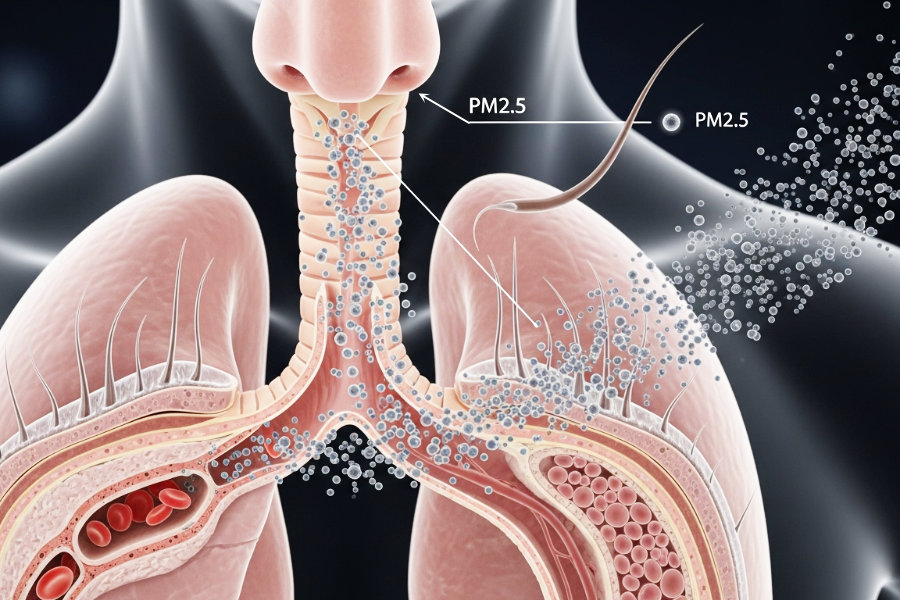Scientists are dropping a serious warning: the air around you might be damaging your brain. Imagine two people the same age, living similar lives—but one could be at higher risk of cognitive decline because of the invisible particles they breathe.
Context: Fine particulate matter, or PM2.5, is invisible pollution. Microscopic particles smaller than a human hair can slip past your body's defenses and deep into your lungs, causing trouble.
Why it matters
Long-term exposure to tiny air pollution particles is directly linked to increased risks of memory loss and brain decline. The good news? You're not powerless against these threats. Simple daily choices and support for smarter environmental policies can help protect your brain's long-term health.
-
Man-made sources include vehicle exhaust, power plants and industrial facilities, burning of wood, coal, and other fuels, fires, agricultural burning, and construction and demolition activities.
-
Natural sources include wildfires, volcanic eruptions, dust storms, dust, soot, and dirt.
Current environmental rollbacks “are going to decrease air quality and lead to increasing mortality and illness, dementia being one of those outcomes.” —John Balmes, MD of the University of California, San Francisco
The backstory
For over 20 years, researchers at the University of Pennsylvania tracked older adults, some with dementia and some without, who donated their brains. A man near a busy Philadelphia highway developed severe Alzheimer’s and had extensive brain damage. A woman in a leafy suburb with less than half the pollution stayed sharp until her death from unrelated causes.
By the numbers
-
In the Penn brain-bank study (600+ autopsies), high PM2.5 exposure meant nearly 20% higher odds of severe Alzheimer’s pathology.
-
A national study of 56 million Medicare patients found a 12% higher rate of Lewy body dementia hospitalizations in the most polluted counties.
-
Lab mice exposed to PM2.5 developed dementia-like behavior and brain changes resembling human Lewy body disease.
 PM2.5 particles can enter your bloodstream through your lungs or from your nose and travel directly to your brain.
PM2.5 particles can enter your bloodstream through your lungs or from your nose and travel directly to your brain.
How it works
PM2.5 particles are microscopic enough to enter your bloodstream through your lungs or travel from your nose directly to your brain. They can trigger inflammation or protein buildup (like amyloid, tau, or alpha-synuclein) that drives dementia.
The big picture
Since 2020, the Lancet Commission has listed air pollution as a modifiable dementia risk—alongside diabetes, smoking, hypertension, and hearing loss. A 2025 global review of 32 studies confirmed the link.
The challenge
Despite decades of improving U.S. air quality, recent federal rollbacks threaten progress:
-
Scrapped tax credits for electric vehicles and solar power
-
Halted offshore wind projects
-
Approved Arctic drilling
-
Blocked California’s 2035 EV transition
Reality check
“People argue that air quality is expensive. So is dementia care.” —Edward B. Lee, MD, PhD, Penn Medicine
The bottom line
The air where you live could threaten your brain health. Clean air isn't just an environmental issue—it's a critical health decision, especially for anyone wanting to stay sharp as they age.
The takeaway
-
Reducing PM2.5 is a frontline defense against dementia. It's a decision we make every time we shape energy, transportation, and land-use policy.
-
To learn the daily PM2.5 values in your area, visit AirNow.


